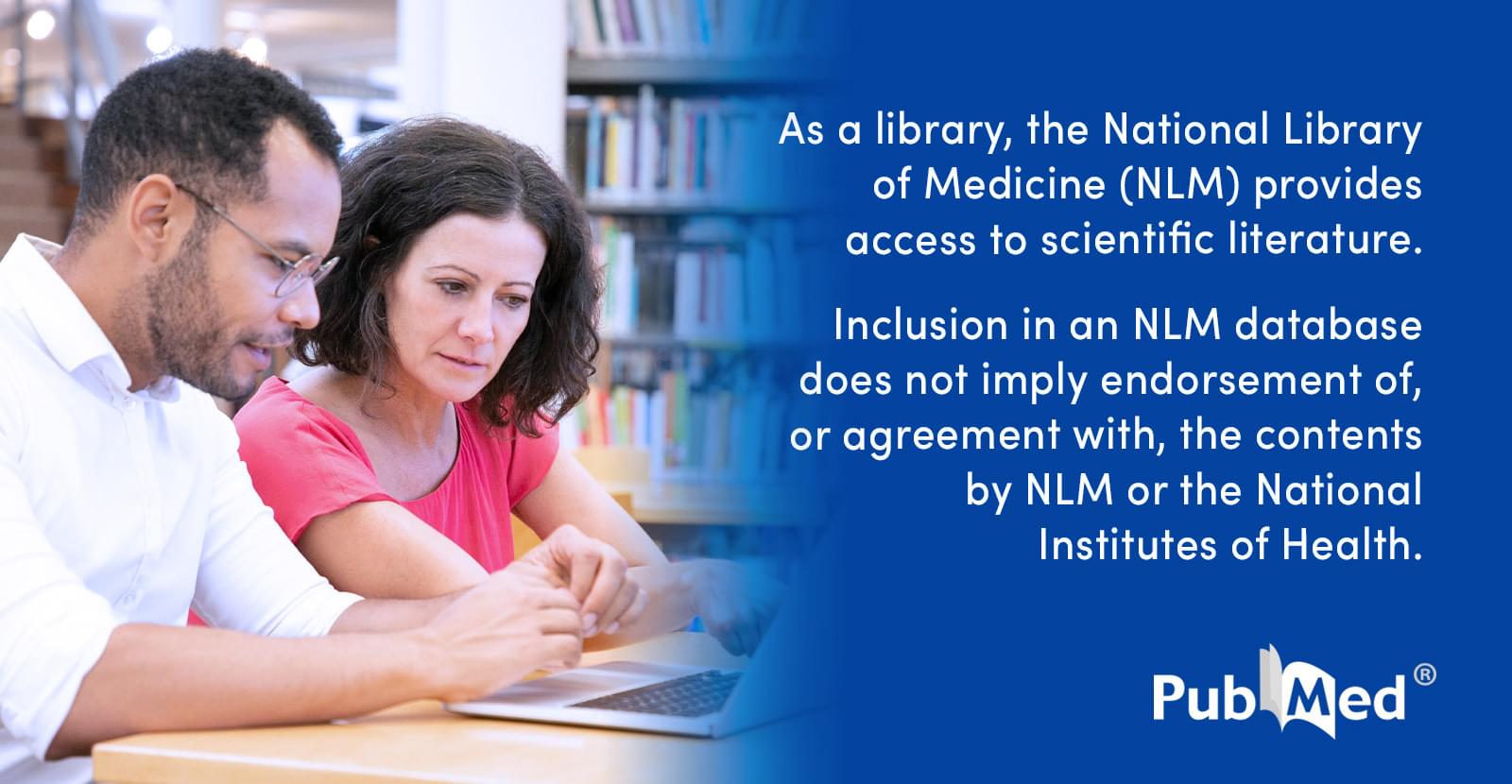Liver regeneration after hepatectomy follows accurate coordination with the body’s specific requirements1–3. However, the molecular mechanisms, factors and particular hepatocyte population influencing its efficiency remain unclear. Here we report on a unique regeneration mechanism involving unconventional RPB5 prefoldin interactor 1 (URI1), which exclusively colocalizes with, binds to and activates glutamine synthase (GS) in pericentral hepatocytes. Genetic GS or URI1 depletion in mouse pericentral hepatocytes increases circulating glutamate levels, accelerating liver regeneration after two-third hepatectomy. Conversely, mouse hepatocytic URI1 overexpression hinders liver restoration, which can be reversed by elevating glutamate through supplementation or genetic GS depletion. Glutamate metabolically reprograms bone-marrow-derived macrophages, stabilizing HIF1α, which transcriptionally activates WNT3 to promote YAP1-dependent hepatocyte proliferation, boosting liver regeneration. GS regulation by URI1 is a mechanism that maintains optimal glutamate levels, probably to spatiotemporally fine-tune liver growth in accordance with the body’s homeostasis and nutrient supply. Accordingly, in acute and chronic injury models, including in cirrhotic mice with low glutamate levels and in early mortality after liver resection, as well as in mice undergoing 90% hepatectomy, glutamate addition enhances hepatocyte proliferation and survival. Furthermore, URI1 and GS expression co-localize in human hepatocytes and correlate with WNT3 in immune cells across liver disease stages. Glutamate supplementation may therefore support liver regeneration, benefiting patients awaiting transplants or recovering from hepatectomy.
© 2025. The Author(s), under exclusive licence to Springer Nature Limited.
